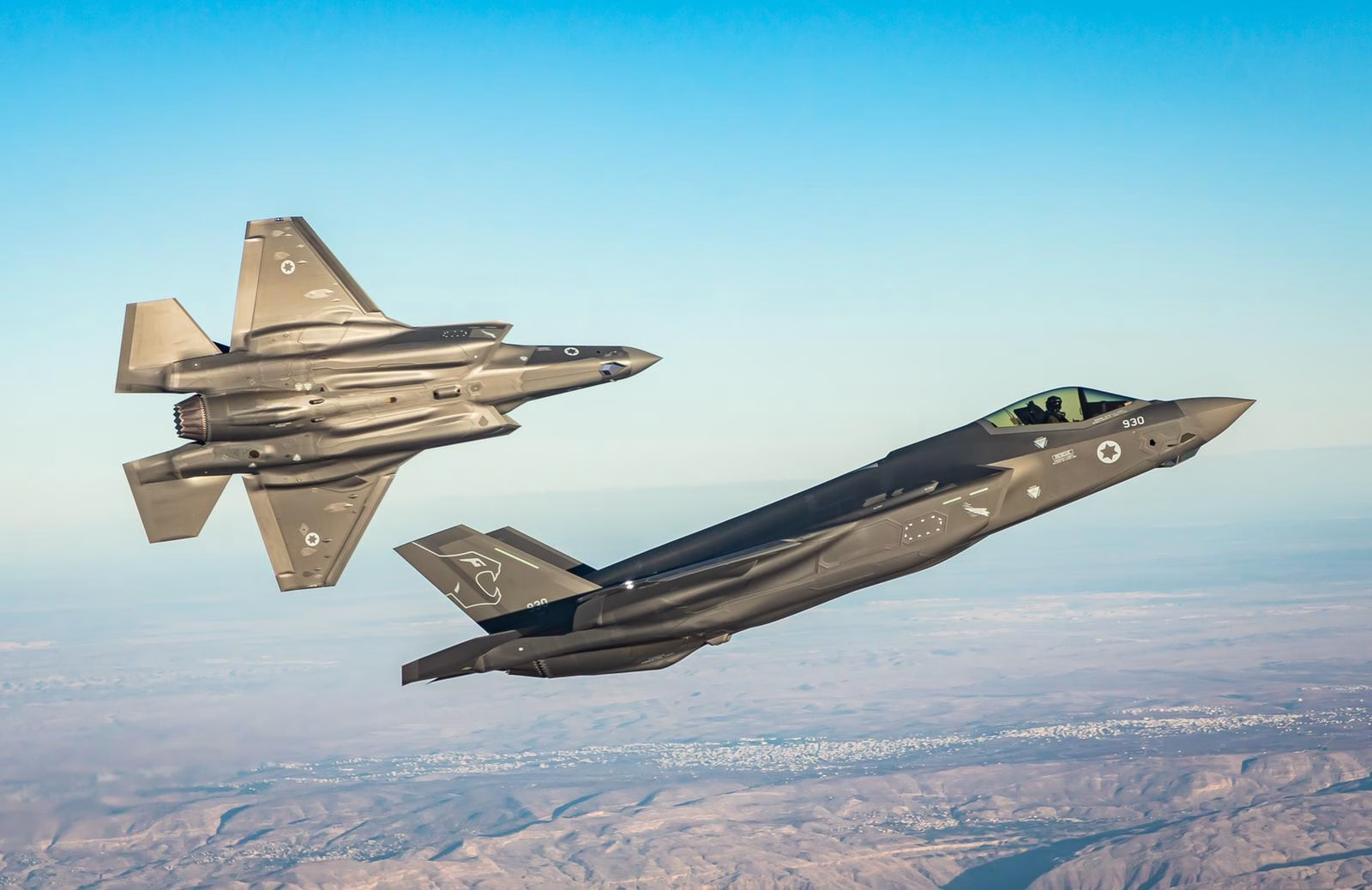
Israel and Iran bombed each other, but “hit” the US and Trump, pushing him into another adventure
Israel’s attack on Iran triggered the biggest escalation in the Middle East in decades. The conflict has divided politicians in Washington, intensified the crisis in the US and triggered global risks ranging from rising oil prices to the threat of inflation. The outcome of the standoff remains uncertain to this day.
War of Reckoning
The Iran-Israel war began on June 13, 2025, with Israel’s surprise attack on many targets in Iran, with the stated goal of stopping Iran’s nuclear program. But the real reasons for starting the confrontation were different and boiled down to matters of politics, not nuclear security. Netanyahu had spoken of Iran’s nuclear threat as early as 1994, but until recently Israel had confined itself to point-blank eliminations of scientists and officials. He made the decision to launch a military strike amid a domestic crisis – the threat of early elections and the possible loss not only of power but also of freedom.
The crisis worsened after Trump’s agreements with Mohammed bin Salman: Saudi Arabia received security guarantees for Gaza and the West Bank, which meant Israel’s de facto capitulation in the war with Hamas. Netanyahu promised victory, turned Gaza into a besieged enclave, and began the process of assimilation, but under pressure from Riyadh and the US, this plan collapsed. Even the fate of Jewish settlers in the West Bank was jeopardized, and Hamas was to become the local police force.
In an attempt to shift the agenda from failure to success, Netanyahu switched to Iran – declaring it an existential threat. However, the US did not back the strike: the Trump administration only agreed to help repel retaliatory attacks. CENTCOM canceled a visit to Israel, showing distancing. Israel did not have strategic bombers capable of destroying Iran’s deeply hidden nuclear facilities, making the operation rather symbolic. Nevertheless, Netanyahu went all-in, ignoring the US position. For him, a victory would be the destruction of the nuclear infrastructure or even regime change in Tehran. For Iran, it would be to preserve some of the facilities and avoid internal protests.

Photo by Meghdad Madadi/Tasnim News/AFP
Another escalation in the Middle East initially caused the Trump team to be negative. Although there are pro-Israel “hawks” in the White House, their position weakened after the resignation of former National Security Advisor Mike Waltz. They could not sway the president to side with a forceful solution to the “Iranian nuclear issue”. As a result, Israel warned the US to strike Iran, and the State Department and Pentagon urgently indicated their non-participation in the current attack on Iran. As in the context of Ukraine, the Trump administration has tried to show itself as a neutral party and arbiter, while Trump himself has offered to continue negotiating a nuclear deal with Iran.
During his April visit to the White House, Netanyahu did not receive approval for strikes on Iran, although he hoped for a change in Trump’s position due to the impasse in negotiations. Trump’s team decided not to approve the attack, but did not openly criticize Israel either. But Democrats in Congress issued a condemnation, demanding that Trump’s associates explain their Middle East strategy. It has become easier to criticize Israel because Trump is in power now, not Biden. About 70% of Democrats perceive Israel in a negative way, so the migrant riots could smoothly transform into a new wave of pro-Palestinian protests. The Democrats were going to use the anti-war agenda against Trump – as he himself had done earlier against Biden. The Middle East had once again divided America and threatened Trump, not the Democrats.
Trump is between fronts
Israel’s campaign against Iran has uncovered a fairly typical split in Washington. “Hawks” like Lindsey Graham urged Trump to support Israeli strikes against Iran, while isolationists and some Republicans sharply objected, recalling that 80% of Americans are against being drawn into a war. Left-wing Democrats also condemned the escalation, believing it jeopardizes the 35,000 to 40,000 US troops in the Middle East, some of whom are already withdrawing from Syria.
Trump’s team has tried to portray the US as a “good cop” by offering Iran a nuclear deal in exchange for stopping the attacks. But Tehran’s tough response has made the conflict far more dangerous. The White House faced the threat of rising oil prices (up to $130), inflation and collapsing ratings: in 2022, oil above $100 led to 8% inflation and $5 a gallon gasoline. Fuel is 40% cheaper now, but a return to 2022 levels would collapse Trump’s approval rating to 30-35% and threaten to fail Republicans in congressional elections.

Photo by Hollywood Reporter
Amid these risks, MAGA activists rioted against US involvement in the conflict, leading the White House to withdraw aid to Israel beyond intelligence. But it was clear that the pressure in Washington would build, because isolationists are stronger than ever, and nothing irritates them more than the prospect of being dragged into another endless Middle East war. At the same time, the “hawks” had their trump cards up their sleeve, and after Iran’s retaliatory strikes and the realization that the confrontation was dragging on, their influence on Trump began to grow.
The escalation in the Middle East drew criticism of Trump from both sides – leftists called Netanyahu a “war criminal”, right-wing isolationists demanded that the US not be drawn into a war with Iran. Support for Israel in the US fell to 37%, especially among Democrats and independents. Tucker Carlson criticized the Israel lobby and Trump himself. Against this background, hawks tried to promote the idea of regime change in Iran, but isolationism was gaining popularity – both among MAGA activists and Democrats.
Trump took a wait-and-see attitude: if Israel succeeds, join in the victory; if it fails, distance himself. However, Netanyahu demonstrated military successes, and the US deployed a second aircraft carrier to the Persian Gulf, although it had previously planned to focus on the Indo-Pacific and containment of China. “Hawks” gained new influence despite public fatigue with wars.
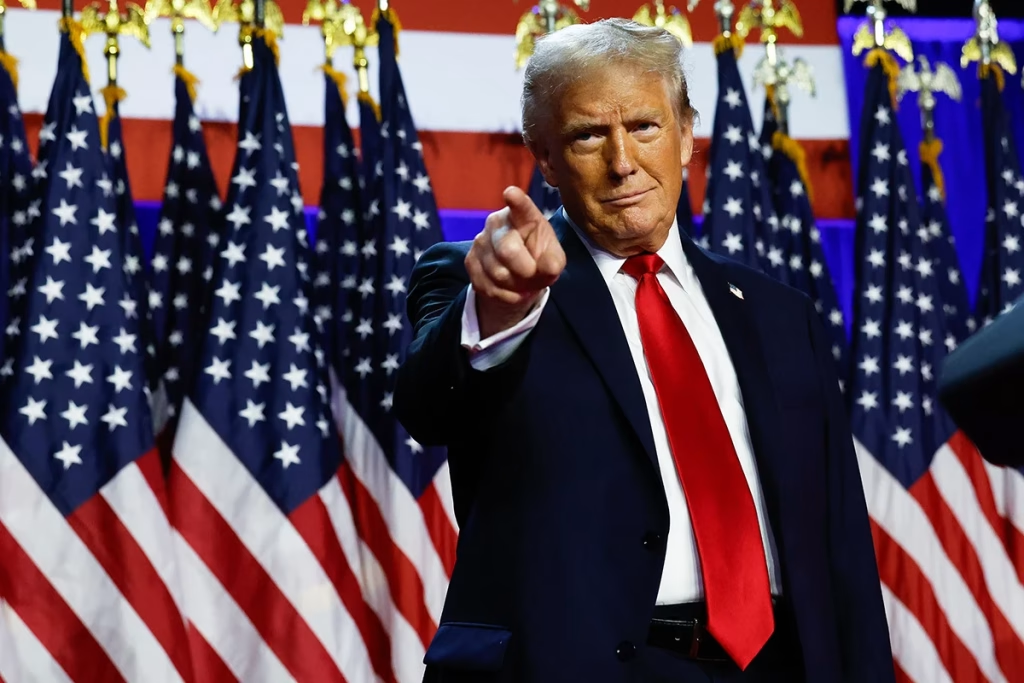
The escalation hit the global agenda: the G7 discussed the threat of an oil crisis, rising inflation and new migration pressures. The EU was unhappy that the US was negotiating with Iran, bypassing European capitals. The appointment of Blaise Metreweli as head of MI6 to replace the pro-Western Barbara Woodward was an attempt by London to strengthen its position in the Middle East.
The US was gradually being drawn into the conflict. A “civil war” between isolationists and “hawks” broke out within the Republican Party. Congressmen Thomas Massie and Ro Khanna introduced a bill limiting the White House’s ability to start a war with Iran without Congressional approval. Public opinion was sharply opposed: only 16% of Americans supported intervention, while 60% were strongly opposed, regardless of party affiliation.
Trump, despite the anti-war sentiment, toughened his rhetoric, playing the “evil policeman” while JD Vance and Steve Witkoff negotiated with Iran in a “soft power” role. Vance had previously blocked strikes on Iran, but now it was unclear whether the isolationists could contain escalation. The rift in Washington intensified. Tucker Carlson in an interview disparaged Ted Cruz, one of the main “hawks”, showing his incompetence. Nevertheless, the hawks felt politically empowered. They did not even think about the consequences of a big war, although by mid-June there was an acute shortage of air defense missiles, which had to be actively spent because of the conflict with Iran, because Israel faced the depletion of stocks of Arrow 3 missiles, each of which costs $20 million, and receives them from Washington.
Things are no better with the THAAD systems, which cost $1.2 billion and in 16 years have produced only 800 missiles at a cost of $12 million each. The supply of anti-bunker bombs to Israel was also limited by the fact that the Pentagon has only 20 of them and spent years of work and half a billion dollars to develop them. But everyone realized that politics would, as always, take precedence over matters of military economy.
Trump loses his trump cards
The Middle East agenda has completely overridden the conflicts inside the US, although by this time there was another landmark Supreme Court decision that sided with the state of Tennessee, which completely banned “sex change” operations on minors. But the thoughts of both the American left and right were now preoccupied with other things. And another poll, this time from the Washington Post, showed a lack of enthusiasm in American society for the conflict with Iran. The population was tired of endless Middle East wars, especially in the face of unresolved crises within America itself. More and more influential Republicans opposed the plans of the “hawks” in the White House to strike Iran, and it was the right wing of the Republicans, i.e. Trump’s supporters, without whose support it would be difficult for the president’s team to reform.

One of the main apologists for the war was the head of the Pentagon’s Central Command in the Middle East, Michael Erik Kurilla, who offered Trump different options for war with Iran, which, in his opinion, could lead to a quick victory. Kurilla has fought in Panama, Kosovo, Haiti, two Iraq campaigns, and then in the war against ISIS Islamists. Last year, Kurilla became the center of a scandal after he nearly beat up a military transport pilot who demanded that the general take a seat and buckle up. But despite his bad reputation and image of not being the best analyst, Kurilla was now sure that the US would be able to strike Iran painlessly, and for some reason there would be no retaliation.
Not surprisingly, Trump doubted this decision for a long time and at first did not order a strike on Iran because he did not meet support in both Congress and American society. The Europeans, meanwhile, were calling for new talks with Iran to show they could manipulate Trump into doing so amid anti-war liberal rallies in Washington. And Trump had an uneasy feeling that the internal conflict would further intensify if the conflict dragged on, and the consequences of such a situation would increasingly weigh on the 47th president’s ratings.
The White House is worried about a drop in support among its nuclear-armed constituency because of the escalation with Iran. Trump’s team has tried to convince conservative influencers to support a hard line, but many have refused – isolationism remains the dominant mood among the right. Trump became popular in 2016 precisely for criticizing endless wars and the rhetoric of neoconservatives. Then he defeated hawks like Cruz and Rubio in the primaries: the former has now shamefully failed in an interview with Carlson, the latter has mimicked Trumpism.
Therefore, now right-wing opinion leaders are more likely to criticize Trump, demanding a return to his previous anti-war line. Additional irritation is caused by declining deportations and weak trade policy. Steve Bannon believes that war with Iran could permanently tear the country apart, much more so than the Iraq war, which was still supported by part of the public at the time. Under these circumstances, a 2017 scenario is possible, where Trump limited himself to a symbolic strike on Syria or the TACO effect will work – and the White House will back down at the last minute.
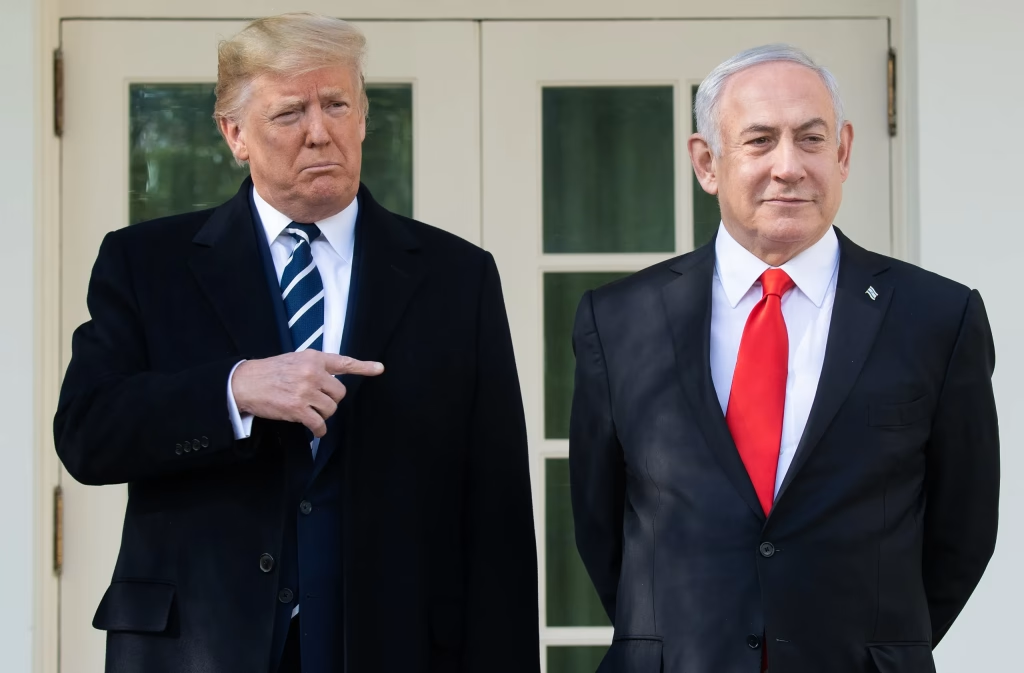
Trump stalled, taking advantage of the confusion inside the US and in the Middle East, and the White House postponed the deadline for a decision on America’s involvement in the conflict with Iran by two weeks. This was painfully reminiscent of the Ukraine situation, where the 14-day deadline was also a recurring theme, and added to the sarcasm of Trump’s critics, reinforcing their view that the US president would delay strikes for as long as he wanted until the situation resolved itself.
“Hawks” were sure that Trump, under their pressure, was already ready to bomb Iran, their wishes did not come true, and Trump did not come out of the mode of strategic uncertainty. At the same time, unofficial contacts with Iran had clearly resumed and new rounds of talks could be held. It seemed to everyone that Trump was only pretending to listen to the hawks, but not showing his cards. In fact, the White House specifically began referring to Trump as “Peacemaker-in-Chief”, a hint that he did not want to raise the stakes any further. Everyone assumed that Trump’s plan was to first form a picture of an imminent strike and then decide at the very last minute to negotiate.
With such tactics, the first two weeks of pause could then drag on for another two weeks, and so on indefinitely, as has already happened on the Ukrainian track. The Trump team itself was calculating the risks, measuring public opinion in the US, watching the struggle between the “war party” and the “peace party”, and monitoring the effectiveness of Israel and Iran in firing rockets. “War Party” has already managed to discredit itself quite well, including the aforementioned Ted Cruz interview, and there was an understanding that support for the hawkish agenda in American society would continue to decline. In addition, the weakening of the “war party” could have made life easier for pragmatists and realists not only in the Middle East, but also, say, in relations with China and Russia.
It was not that simple and Israel and Iran bombed each other, but as a result they “hit” the US and Trump, pushing him to another adventure. And he still decided to solve the problem that arose for him in a very unusual, but already habitual way. But the denouement of this drama is a topic for a separate article.
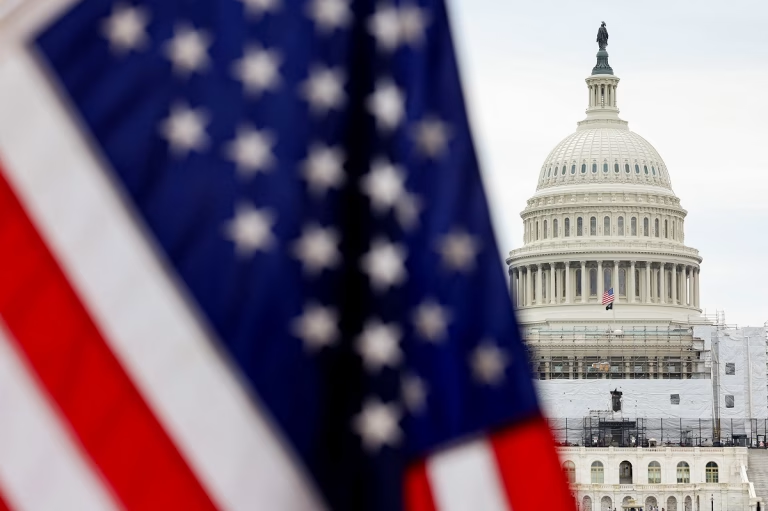
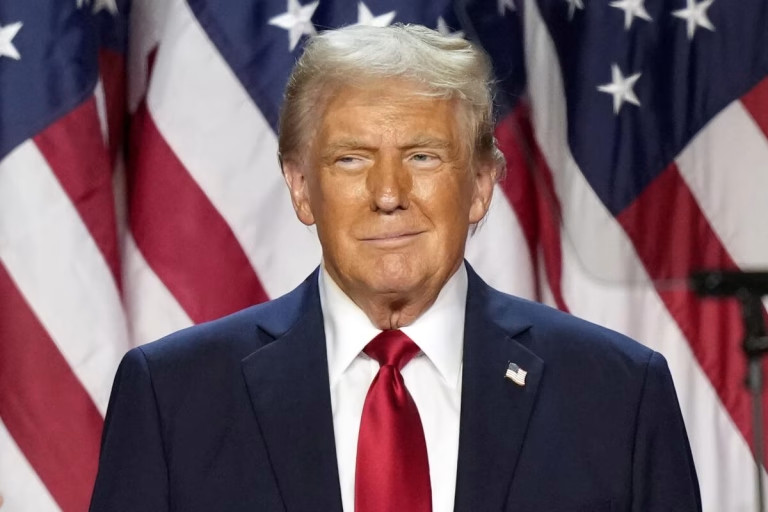
Awesome things here. I’m very satisfied to peer your article.
Thaks so much and I’m taking a look ahead to contact you.
Will you pleas drop mee a mail?